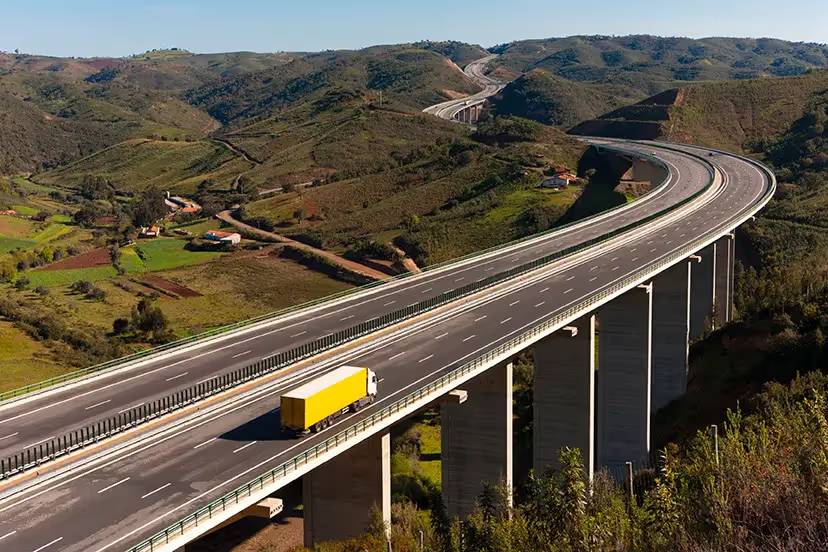Key Points
- APIs enable flexible, real-time data exchange for modern shipping integrations
- EDI ensures standardized, reliable data transfer for traditional shipping communications
- API integrations support dynamic, scalable solutions, enhancing agility in supply chain management
- EDI integrations ensure consistency and compliance, crucial for established B2B transactions.
Managing transportation operations in real-time requires data-sharing and interoperability between the systems of shippers, logistics providers, carriers, and ultimately end customers. Many platforms still operate in silos, unable to share information quickly and easily with other systems.
There are two common types of data exchange connections frequently used by enterprises; EDI (Electronic Data Interchange) and API (Application Programming Interface). They both allow quick and secure exchange of data from system to system. Interestingly, less than 8% of carrier-shipper data exchanges currently taking place use EDI. This is likely due to the fact that significant differences exist between EDI and API technologies, which can make one more preferable to use in one real-time transportation visibility (RTTV) project compared to another.
EDI vs API
Outside of carrier-shipper relationships, EDI is the most popular communication technology used throughout the world, offering easy and secure data transfer between organizations and systems. It’s one of the safest ways to transfer large quantities of data all at once. However there are some drawbacks.
- There are different standards and versions of EDI that can make compatibility tricky, especially for small businesses trying to work with larger businesses that use updated versions of the same standards. This means developing and maintaining EDI can require a significant investment of time and money.
- With EDI, data synchronizes between systems at regular intervals but not in real-time, which limits the timeliness of data presented by a RTTV solution.
When considering these factors, it’s clear to see why EDI connections are not always the best option for some real-time transportation visibility implementations, especially where many small carriers are involved.
API is a set of programming instructions and standards for accessing web-based software applications, allowing platforms to communicate with each other. Imagine a socket that allows you to access electricity. An API is the same thing for a computer program. It’s like a plug socket that a program can connect to in order to receive standardized data from another computer program. They offer greater flexibility and ensure data is shared in real-time and synchronized in both directions, requiring little, if any, intervention from IT teams to set up.
How long do API connections take to connect?
Integrating systems via APIs can be done significantly faster than those via EDI. The time taken to connect APIs depends on two main variables:
- The first variable impacting the speed of connection is complexity of the system. For example, TMS connections are more complicated to integrate than telematics.
- The second factor is whether the type of system has already been integrated with Shippeo before. If it has, time to connect existing telematics will be quicker.
However for TMS, it’s not always the case, and depends largely on the proportions between own-fleet carriers and subcontracted carriers used throughout a shipper’s transportation network. Each party involved may have their own specific operation processes and types of data being shared, requiring a greater degree of customization.
At Shippeo, these are the ‘best-case scenario’ windows for connection times that have been observed:

A summary of the five key differences between API and EDI

In an ideal world, a RTTV provider should be able to easily connect shipper systems to carriers’ systems without any intervention being needed from IT teams, and as a result Shippeo prefers to use API where possible. However, Shippeo’s platform is fully compatible with both API and EDI connection types and the decision on which connection type to use varies case-by-case.
To learn more about how a real-time transportation visibility solution could benefit your organization, and why Shippeo is Europe’s leading provider, get in touch with our team of experts.
Latest blogs & product releases.
Authors







